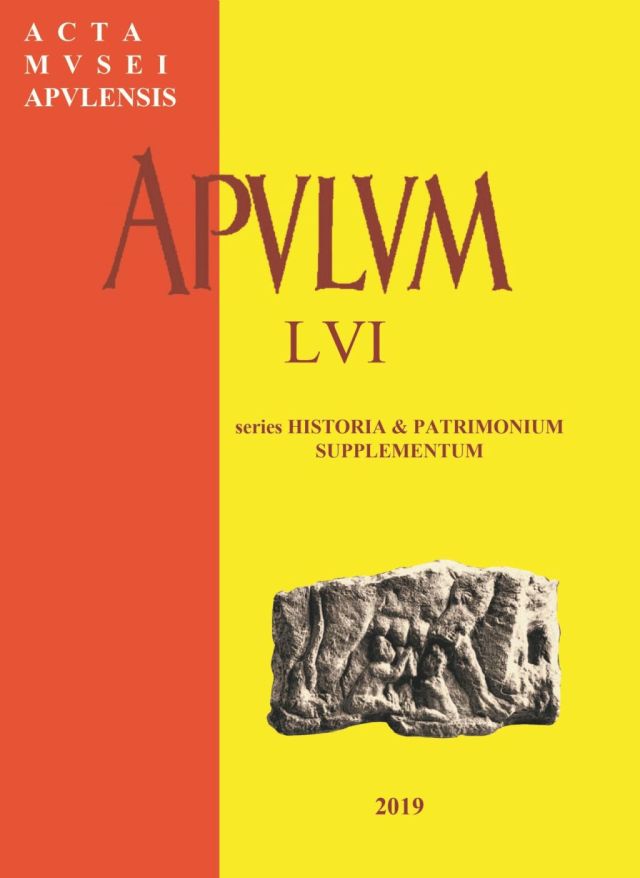Cercetarea unui Proscomisarion al bisericii din Bărbătești (arealul mănăstirii Bistrița)
Research of a Proscomisarion from the church of Bărbăteşti (Bistrița Monastery area)
Research of a Proscomisarion from the church of Bărbăteşti (Bistrița Monastery area)
Author(s): Marina AvramSubject(s): History, Cultural history
Published by: Muzeul National al Unirii Alba Iulia
Keywords: Bărbătești; Bistrița; calligraphist; book; manuscript;
Summary/Abstract: The research focuses on a manuscript book, a Proscomisarion (list of founders) that has Pomelnice (Diptychs) collected together from the Bărbăteşti church (Vâlcea County); written along the 19th century, they are in the custody of the Valcea County Service of the National Archives (Diptych no. 17). These were made with the purpose of having in a solemn form the names of its founders and benefactors, and to be used in the divine offices. They are written in the "Cyrillic" alphabet with black ink and cinnabar and tempera colours for designing various frontispieces on every page.The manuscript consists four distinct parts: "Pisanie", "Preadoslovie", "Miromele mortilor" and "Pomelnicele", starting with the country's Rulers, the Chief Priests, the founders, priests, deacons, monks. It is decorated with miniatures in Byzantine-style, full-page illustrations with ochre border delimited by 2 lines drawn with black ink and iconographic frontispieces, phytomomorphic or represented by an Angel image that protects under his wings the title of the Diptych, followed by the donation associated to the Sanctuary (territories, money, religious books, vestments, religious precious objects) made with red ink. Under the title, the four columns, drawn in black ink, contain each member of the family, the initial name being done in cinnabar. They may be important historical sources for the Romanian political and social history of the Middle ages, as well as that of the 19th century. Summarizing the existing records, we can identify topographically the corresponding territorial area of the church, the mountain area, land of forests, the stretch of vineyard, lands with orchard, as well as copyists who written the manuscript, contemporaries with the Caligraphy and Miniaturistic School from Bistrița Olteană Monastery.
Journal: Apulum
- Issue Year: 56/2019
- Issue No: 2
- Page Range: 159-176
- Page Count: 18
- Language: Romanian
- Content File-PDF

